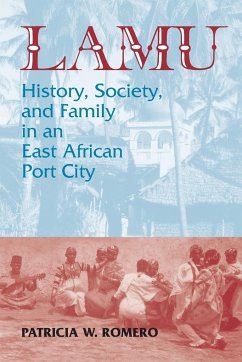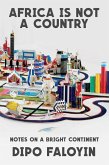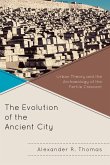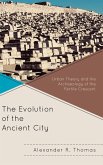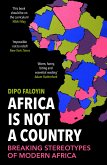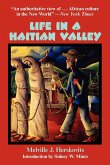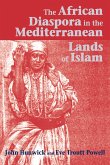This book depicts the history of Lamu, once an important East African port city, now known as an unspoiled tourist destination and scenic location for Hollywood movies. For centuries, communities from India, Yemen, and Oman intermingled with coastal and central African groups. This unique situation provides the author with a vantage point to observe non-European multicultural interaction. Oral traditions are central to this study. Records from both the distant past and the more recent period give voice to the opinions of the WaAmu on many issues: Islam, slavery, material culture, and the wide-ranging effects of colonialism. We see how religious practices differed between slaves who were brought to the Lamu hinterland and island, the Muslim Shi'a (who were themselves divided), and the orthodox Sunni community and the Hadramis, who introduced elements of Sufism. When outsiders threatened, the diverse religious groups almost always united against the opposition. The Portuguese and Turks put in an appearance, as did the French, Americans, and the Germans, who had imperial designs on the Lamu archipelago. But it was the British who triumphed in the late nineteenth century. The author describes internecine conflicts, the importance of Islam, and repeated efforts to thwart the British. Romero weaves into her account fascinating aspects of Lamu's material culture, social structure, and family life among those who are called the Swahili.

